Have a careful look at the picture. Where is the monitor? Where is the graphics capability? Here is IBM's top of the range personal computer 9 years after the end of the Apollo mission (figure 5.3.3):
My undergraduate dissertation was written on something not dissimilar to this just 8 years later.
The ESSA World journal cited in chapter 2 also has images of the kinds of computer technology available to those receiving the satellite data.
Figure 5.3.4 shows banks of computers and tapes that were used to process meteorological data (not just satellite data, while figure 5.3.5 shows the kind of graphics capability available to ESSA meteorologists. In this case it is being used do show isobars on a map, along with the various overlays that could be used in the process. ESSA also used computers to re-
Figure 5.3.4: Computer equipment at ESSA. Source: ESSA World
So, the computers shown above had no graphics capability, but does that mean there were no computer graphics at all? Or digital images? Not quite, but as we will see the capabilities of computers at the time are far less than imagined by hoax believers.
The first digital image is widely reported as being the one shown in figure 5.3.6.
Figure 5.3.6: The first digital image. Source: PetaPixel
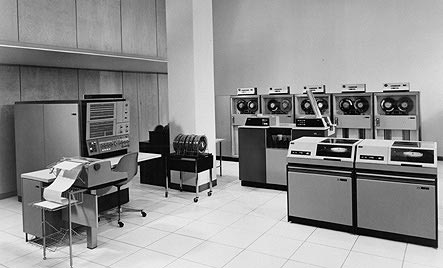
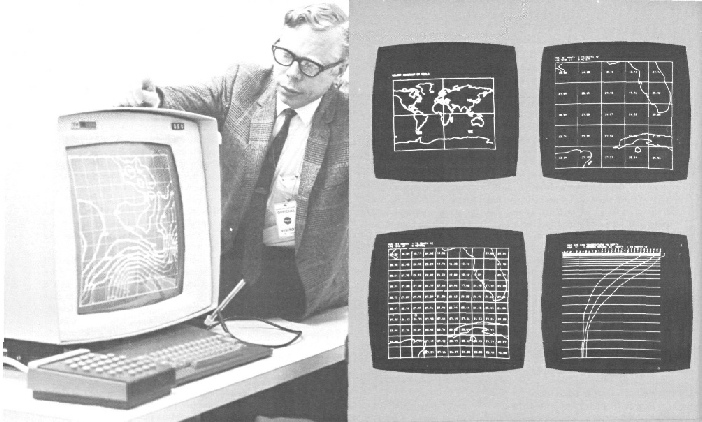
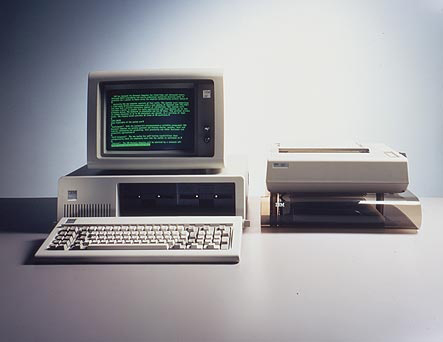

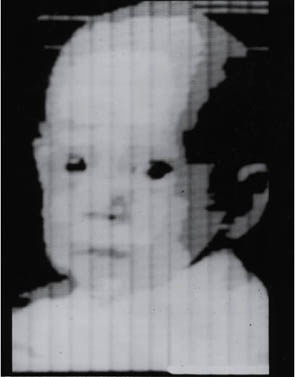
5.3: They did it all in Photoshop
Well, I just did, so surely NASA must have, right?
It is a common mistake amongst many conspiracy theory lovers to assume that what they see around them on a daily basis has always been available. Films show levels of special effects where the clearly impossible happens in front of the viewer's eyes, and image manipulation tools like Photoshop are used to change images or manufacture them completely almost routinely. It is difficult for them to conceive that these are recent developments, and that there was a world that had to cope with non-
Ironically, it is often claimed that the computers in Mission Control were incapable of managing simple navigational computations, but at the same time capable of altering Apollo images. Pictures of the computers used to process the satellite images have already been shown in Chapter 2, but it is perhaps worth going over the state of the art in terms of computer graphics at the time of Apollo to see whether the claim that digital manipulation is reasonable, or whether simple airbrushing could have been up to the job.
In 1968, the year of the first Apollo circumlunar mission, the first mass marketed PC was launched by Hewlett Packard, the HP 9100A. You can see what it looked like in figure 5.3.1.
The HP museum states that his little beauty helped Dr Van Allen, the man after whom the Van Allen belts are named (and whose evidence is often misused and misquoted by conspiracy lovers to 'prove' the landings never occurred), to calculate the use of Jupiter's gravity to slingshot a space probe towards Saturn. It is obviously capable of significant calculations in terms or orbital mechanics, but it has no graphics capability other than an LED alphanumeric display.
There were more powerful mainframe computers. These were large central computers, the equivalent of a modern server, that could be interrogated directly or by satellite terminals. The terminals themselves would have little functionality other than as a communications device to the mainframe.
Figure 5.3.2 shows an example of an IBM mainframe that would have been around in the late 1960s:
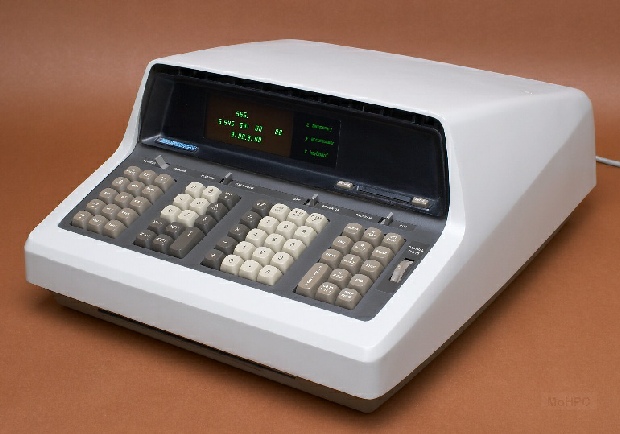
This image is a scan of a photograph and was achieved in 1957 by Russell Kirsch. This news must fill the heart of every sceptic with joy, but let's take a look at it.
Anyone imagining that we suddenly have the capability of high resolution digital images, and therefore the ability to manipulate them, is surely going to be disappointed. Granted there are another 11 years until the first Apollo photograph of the Moon is taken, but we still need in that time to achieve colour display and graphics software, and we didn’t do that.
The sharp-
As an example of what was possible it’s worth mentioning the work of Charles Csuri. Csuri was a pioneer in the field of computer art, recognising that the kind if things being generated by engineers and mathematicians on a computer display could be put to use in generating art. His first major works were done in the late 1960s, including ‘Sine wave man’ and ‘Hummingbird’, all done on a massive mainframe computer with punch cards to program in each individual movement of a plotting pen. As detailed here, Csuri initially used an IBM 1130 and then a PDP 11/45, shown in figure 5.3.7.
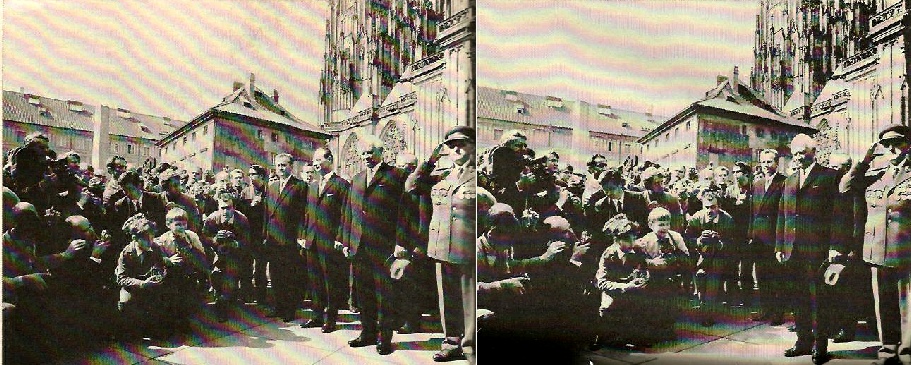
Czech leader Alexander Dubček is standing 3rd from the right in the photograph on the left. In the photograph from the right he has gone. In order to achieve this everything on the left of him has been moved across so that other people and buildings are filling the space he used to occupy.
The main points here are that the original exists, someone kept hold of it despite the political implications the photograph has (although it may have been one printed outside the USSR). Secondly, anyone can go to that area now and check the building positions and notice that in the doctored image they are wrong. Finally, Dubček’s shoe is still there. The photograph editor forgot to remove it. Oops!
For something like this to have been done with Apollo photographs every original photograph and negative would have had to be destroyed. Not one single person in the process would have kept an original or mentioned it to anyone.
If the scenes on the Moon are fake, then all the craters and rocks in the alleged studio set would be fake, and yet (as shown on this site) details shown by modern lunar probes show that the smallest craters and rocks are absolutely correctly positioned despite it not being possible for NASA to know that they were there.
The fakery would also have had to be done without a single mistake creeping in. While some people have made a handsome living on the internet pointing out where digital enhancements have been made to Apollo photographs, or pointing out digital artefacts as some sort of proof of aliens, UFOs and other such nonsense, the original photographs show no such errors (see the discussion on slides and newspaper articles below).
Impossible to fake them? Again, I am reluctant to use the word but to all intents and purposes it is. The task would have been too much even for a team of skilled airbrushers and photograph editors who would have to be relied on to keep quiet about their fakery and the use of computer imaging techniques that they simply didn’t have.
A new addition to the ‘the images are somehow faked’ nonsense is a claim by the ‘Apollo Detectives’ that yes, photographs of Earth are genuine and were taken when where they always said they were, but they were then somehow inserted into a roll of film containing shots of the lunar surface or spacecraft interior.
This now adds massive levels of complexity this introduces to an already unwieldy conspiracy process. Genuine photographs (and let’s not forget the live TV and 16mm imagery of Earth) are taken by something. What exactly isn’t clear, given that the S-
However they are taken, they then need to get back to Earth. The films, which are somehow magically in the same CM as the astronauts at splashdown, are then transferred to the developing facility where yet more person or persons unknown develops the film, slots them seamlessly into an existing sequence of images from the surface (which, let’s not forget, contain details that were not known about prior to the missions but are confirmed since by many lunar probes). Just a few days after returning the first photographs are released, and all of the people in the above sequence of events (a well documented, recorded and photographed sequence) keep their traps shut, and all with no evidence at all of any kind of splices of joins in the rolls of film (see figure 5.3.15.
Hardly the ‘Blue Marble’ are they? My first experiment with computer graphics in the mid-
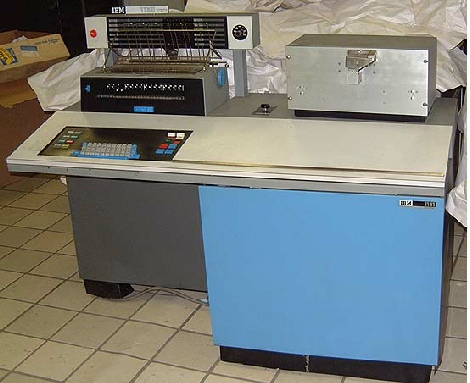
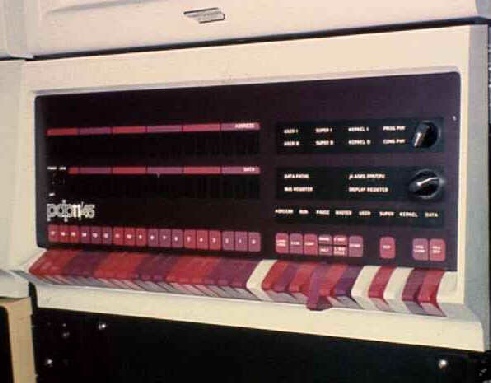
Notice the lack of monitors to display any visual output. In reality, while his art was computer generated the actual images did not appear on a screen but on paper or microfilm. Csuri used the computer to generate co-
"The subject was a line drawing of a hummingbird for which a sequence of movements appropriate to the bird were outlined...Over 30,000 images comprising some 25 motion sequences were generated by the computer. For these, selected sequences were used for the film. A microfilm plotter recorded the images directly to film. To facilitate control over the motion of some sequences, the programs were written to read all the controlling parameters from cards, one card for each frame."
And in this article he says:
“After processing a Fortran program you got back punch cards. The punch cards which contained the graphics information were used to drive a drum plotting device. The software for the device only understood pen down and pen up for the beginning and the end of line segments. No animation language, modelling tools, nothing.”
This is self-
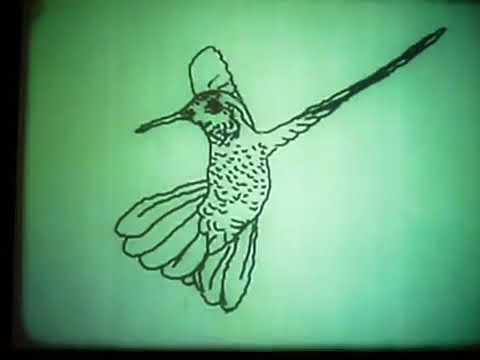
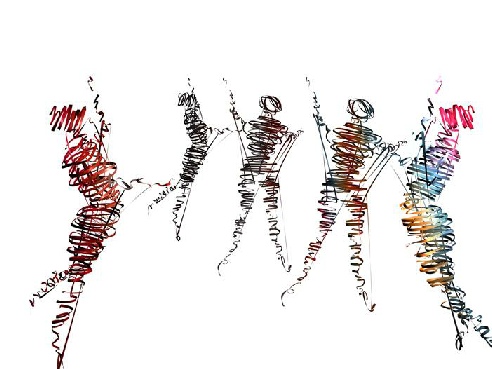
Again, this was filmed by producing each frame of the film on a computer screen and photographing the result. It is certainly not real time rendering and it is certainly not anything like the real thing.
Figure 5.3.10 shows other examples of computer graphics used by Apollo to predict the views of Earth, and the scene on the moon.
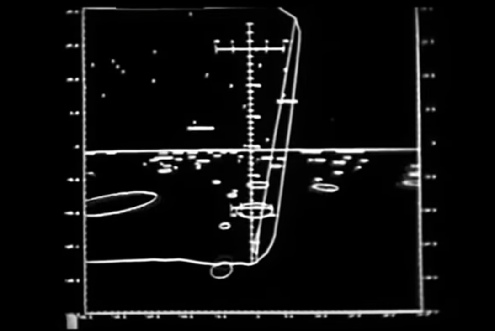
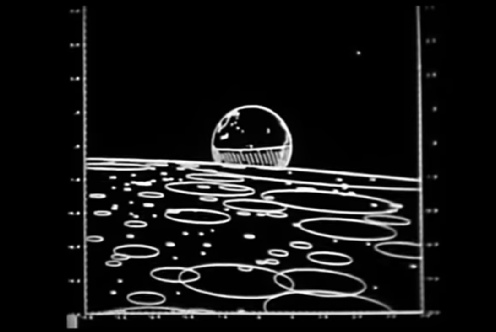
Figure 5.3.1: The HP 9100A. Source: HP Museum
Figure 5.3.2: The IBM System/360 Model 30. Source: IBM
Figure 5.3.3: The IBM Personal Computer 1981. Source: IBM
Figure 5.3.5: Computer terminal used to produce weather charts. Source: ESSA World
Figure 5.3.7: an IBM 1130 (left) and PDP 11/45 (right) of the types used by Charles Csuri
Figure 5.3.8: ‘Hummingbird’ (left) and ‘A Happy Time’ (right) by Charles Csuri
Figure 5.3.9: Stills from an early CGI film showing the lunar landing
Figure 5.3.14: Doctored image from Soviet occupied Czechoslovakia with Alexander Dubček removed.
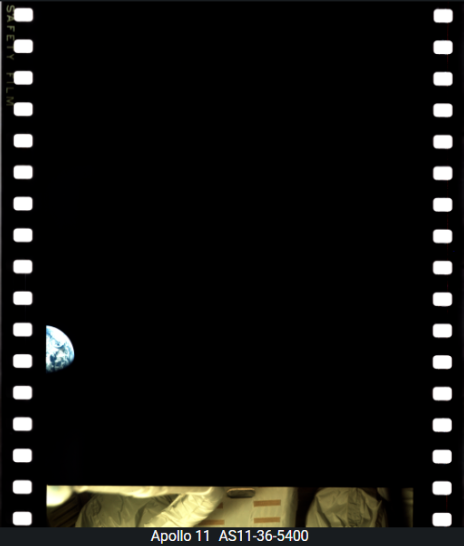
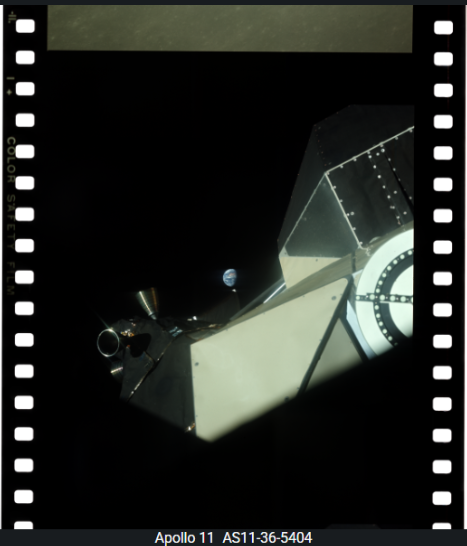
Figure 5.3.15: Images from ‘March to the Moon’ showing adjacent frames.
Again, as with all of the claims made: prove it. Bare assertion doesn’t cut it. Show us the evidence that the pretty much impossible sequence of events you’re alleging occurred happened. Give us the who, where and when. You won’t, because you can’t, because your version of history is false.
Again, hardly photorealistic real time modelling.
This excellent site lists many of the pioneers of CGI, and it is decades after Apollo before anything remotely resembling a realistic end product appears. One example often cited as the first CGI is the use of spirals in Hitchcock’s ‘Vertigo’ in 1958. A computer was indeed used, but it still required 5 people to run the mechanical computer and the animation cells were rotated underneath it.
What the conspiracy fans expect us to believe is that photographs were taken on the ground. Those photographs then had added to them images taken by black and white satellites that were converted to colour, rendered in a 3D realistic form, given the correct orientation in space and then reproduced for public release, with no seams or joins or errors or inconsistencies. I am reluctant to use the word impossible, as it's not a scientific term, but that is what the task would have been: impossible. Impossible to do in a photograph and certainly impossible to do in a live TV broadcast.
Yes, NASA had access to higher quality satellite images than were available here, and Jack Schmitt even managed to take one to space with him, but black and white images in 2D projection are not realistic 3D colour images with shadows and shading and perspective thanks to the curvature of the Earth. In theory, it could have been possible to transmit images to an Apollo craft, assuming they had the kind of equipment we have already seen that is needed to reproduce a satellite image, but why do this? If they are on the way to the Moon they can see the weather and there is no need to send them the images.
The next set of claims around photoshopping comes from (again) from someone interrogating AI until it gives them the answer they want. The claim is that large format scanners and image processing software were developed in time for Apollo 17 that allowed image manipulation. How that worked for the already widely published image catalog for the Apollo missions prior to that isn’t made clear. The two specific bits of kit mentioned are “large format scanners” and JPL’s ‘VICAR’ software. I’ve shown them in figure 5.3.11 so that no claims of misrepresentation can be made, together with a rebuttal from the same AI software .
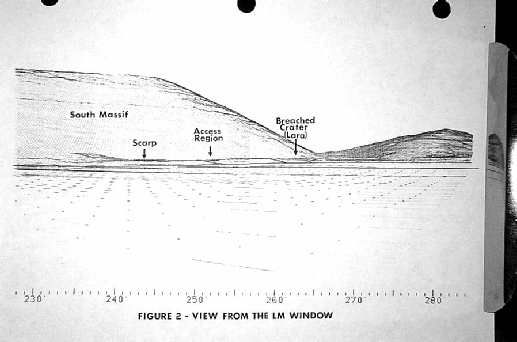
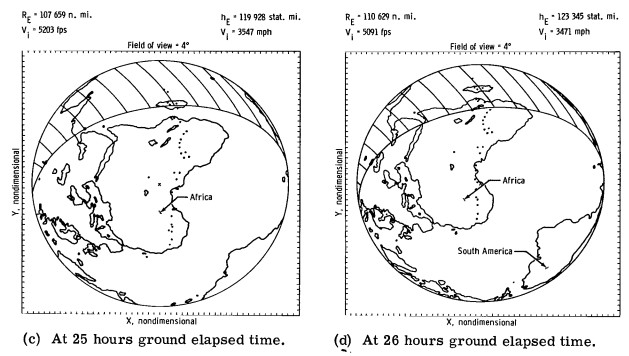
So yet again, accusations of digital manipulation prove to be entirely false and entirely based on a lack of effort and logical thought.
The claims made fail to address the fact that the features in the photographs could not have been known about in advance, assumes (based on prejudice) that there is some other motive to re-
What you will find in the older scans of the images are examples of where early digital image software and low resolution scans have introduced oddities. On this page I detail one such claim (commonly reproduced) that Earth was pasted into images, a claim based around ‘boxes’ appearing around Earth. In reality, the simple explanation is that people have tried to clean up images, then restore the original detail, introducing artefacts along the way. Prove me wrong. The fact is that those details could not have been produced artificially -
In short, no, it could not have been done using a computer.
Could other techniques have been used?
‘Faking’ photographs has been around almost as long as the photograph, and there are many reported examples from the Soviet Union in particular where individuals who have fallen out of favour with the regime have been removed from photographs, and political slogans added to flags and banners that weren’t there originally.
There were a variety of techniques ranging from directly touching up negatives and photographic plates, composing new photographs by cutting up originals or superimposing multiple negatives or plates together, and airbrushing.
Airbrushing is a skilled technique where fine mists of paint are applied with a jet of air to a surface. Its most common use is to remove imperfections and blemishes from a photograph, but it can, in the right hands, add things. Fine detail can be achieved by a skilled practitioner, but there are obstacles that they would have had to overcome. Assuming for just one second that the Apollo images were done in a studio or in LEO, the Earths rendered in the Apollo photographs could not have been done at the same time as the photographs were taken as they would not have had the satellite images available to them.
They would have to have been done after they had the satellite images to work with. For the higher resolution LEO satellites, it could take 12 hours just to acquire the images needed for a full disk Earth image These would then have to be reproduced by an artist who not only knew how to airbrush well, but understood meteorology well enough to know how the weather patterns would progress. They would then have to faithfully reproduce these weather patterns in photograph after photograph (not to mention frame after fame of video and live TV) all the while adjusting the photograph for the correct amount of Earth rotation and producing incredibly fine detail without a single hint that it was added after the fact.
Airbrushing in details on the kind of negatives produced by Hasselblad cameras frankly could not have been possible. The only method available would have been to produce a large print, airbrush that, then re-
The same obstacles exist for composing fake photographs using the addition of satellite images. The satellite photographs are not in colour. The mosaics used in this research are obviously mosaics. Somehow these need converting to colour and placed realistically on a globe without anyone noticing. Consistently, time after time. Without any hint that there was ever anything different about the photographs. If you search the internet for examples of these pre-
Figure 5.3.14 below shows an example of both. It’s my own scan (hence the poor quality!) of an image from a copy of Life magazine in April 1970 specifically about photograph manipulation.
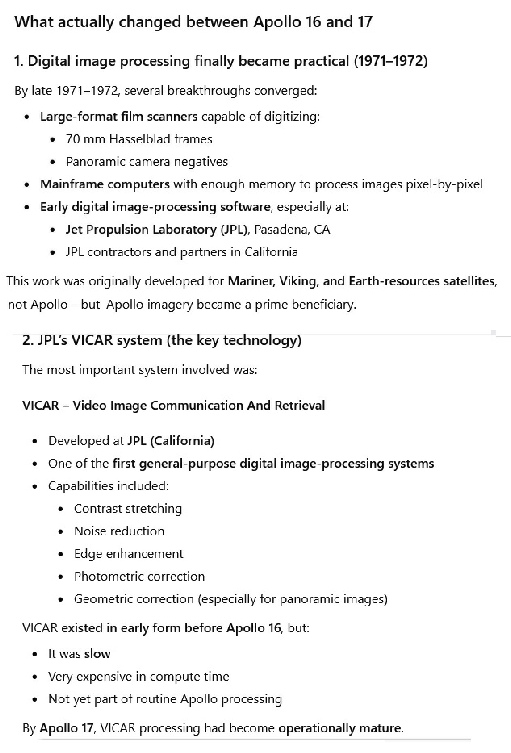
Figure 5.3.11: ChatGPT results posted on social media.
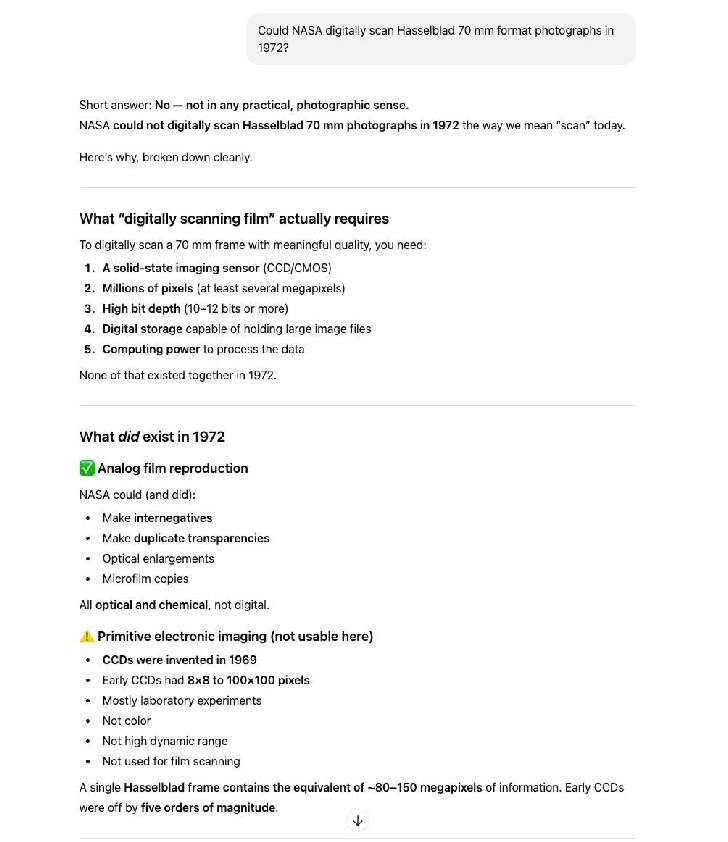
The rebuttal outlines the counter-
If you ask for actual sources that show evidence that large format scanners were available to deal with Apollo imagery during Apollo programme itself, you’ll be accused of the vilest of crimes and that you’re only doing it because you’re paid to.
The same hoaxer idiot making AI do his bidding is also urging his followers to seek out original scans of Apollo photographs. Having found that NASA made a concerted effort to re-
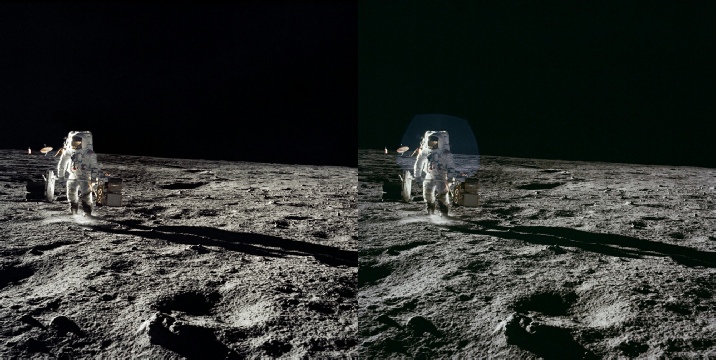

Figure 5.3.12: Social media claims about an Apollo 12 image (AS12-
First of all, there was never any point in time when the electronic versions of these images weren’t available. Never. Secondly, that ‘lens flare’, the five sided light spot that matches the 5 blades of the Zeiss lens used, was always in the original photographs. You can even see it if you adjust the levels on the version of the photo he presents (see figure 5.3.13).
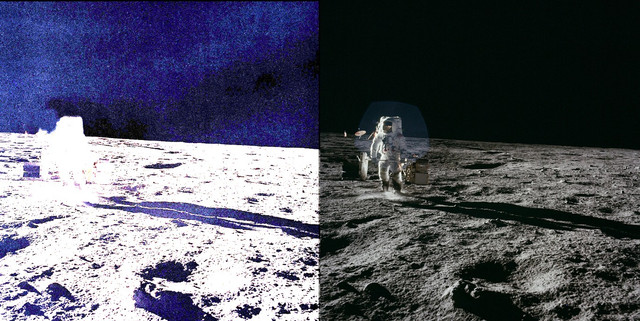
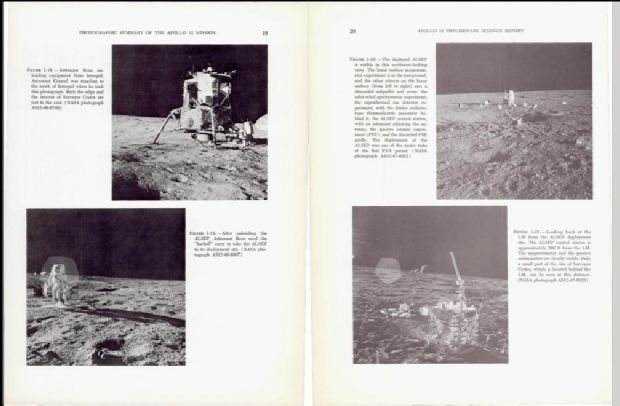
Figure 5.3.13: Level adjusted version of the image shown in figure 5.3.12, and the same image shown in the Apollo 12 Preliminary Science Report.